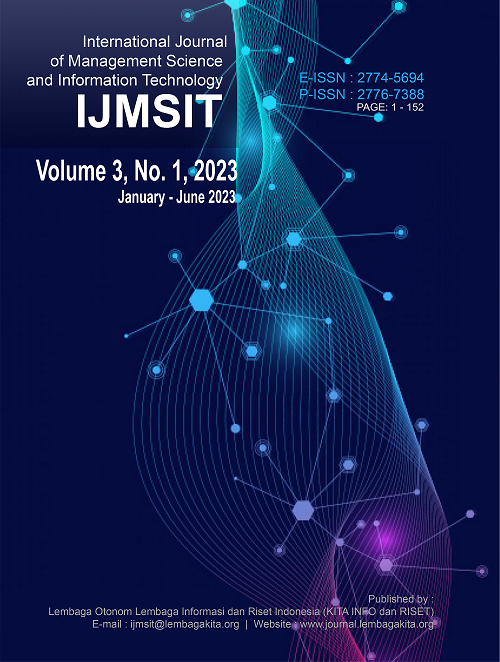Tower Defense Game based on 2D Grid Using Goal-Based Pathfinding Method
DOI:
https://doi.org/10.35870/ijmsit.v3i1.819Keywords:
2D Grid Based, Pathfinding, Tower DefenseAbstract
At the moment, agents cannot choose their own path with any flexibility in tower defense games. There may be a lot of enemies in one level of a tower defense game. The majority of in-game characters have a habit of moving in the direction of goals or objectives, though most have distinctive numbers and behaviors. The pathfinding method can be used to determine the route between the sources coordinates and the destination coordinates in an AI movement system. In this study, an objective-based pathfinding technique is used in a tower defense game where players can choose their own route. Based on the test results, the game can change the destination, which forces the adversary to alter their course to reach the new location. By placing units that can block these paths, this game also has the capacity to alter the available paths on the map.
Downloads
Downloads
Published
Issue
Section
License

This work is licensed under a Creative Commons Attribution-NonCommercial-NoDerivatives 4.0 International License.
Copyright and Licensing Agreement
Authors who publish with this journal agree to the following terms:
1. Copyright Retention and Open Access License
- Authors retain full copyright of their work
- Authors grant the journal right of first publication under the Creative Commons Attribution 4.0 International License (CC BY 4.0)
- This license allows unrestricted use, distribution, and reproduction in any medium, provided the original work is properly cited
2. Rights Granted Under CC BY 4.0
Under this license, readers are free to:
- Share — copy and redistribute the material in any medium or format
- Adapt — remix, transform, and build upon the material for any purpose, including commercial use
- No additional restrictions — the licensor cannot revoke these freedoms as long as license terms are followed
3. Attribution Requirements
All uses must include:
- Proper citation of the original work
- Link to the Creative Commons license
- Indication if changes were made to the original work
- No suggestion that the licensor endorses the user or their use
4. Additional Distribution Rights
Authors may:
- Deposit the published version in institutional repositories
- Share through academic social networks
- Include in books, monographs, or other publications
- Post on personal or institutional websites
Requirement: All additional distributions must maintain the CC BY 4.0 license and proper attribution.
5. Self-Archiving and Pre-Print Sharing
Authors are encouraged to:
- Share pre-prints and post-prints online
- Deposit in subject-specific repositories (e.g., arXiv, bioRxiv)
- Engage in scholarly communication throughout the publication process
6. Open Access Commitment
This journal provides immediate open access to all content, supporting the global exchange of knowledge without financial, legal, or technical barriers.












